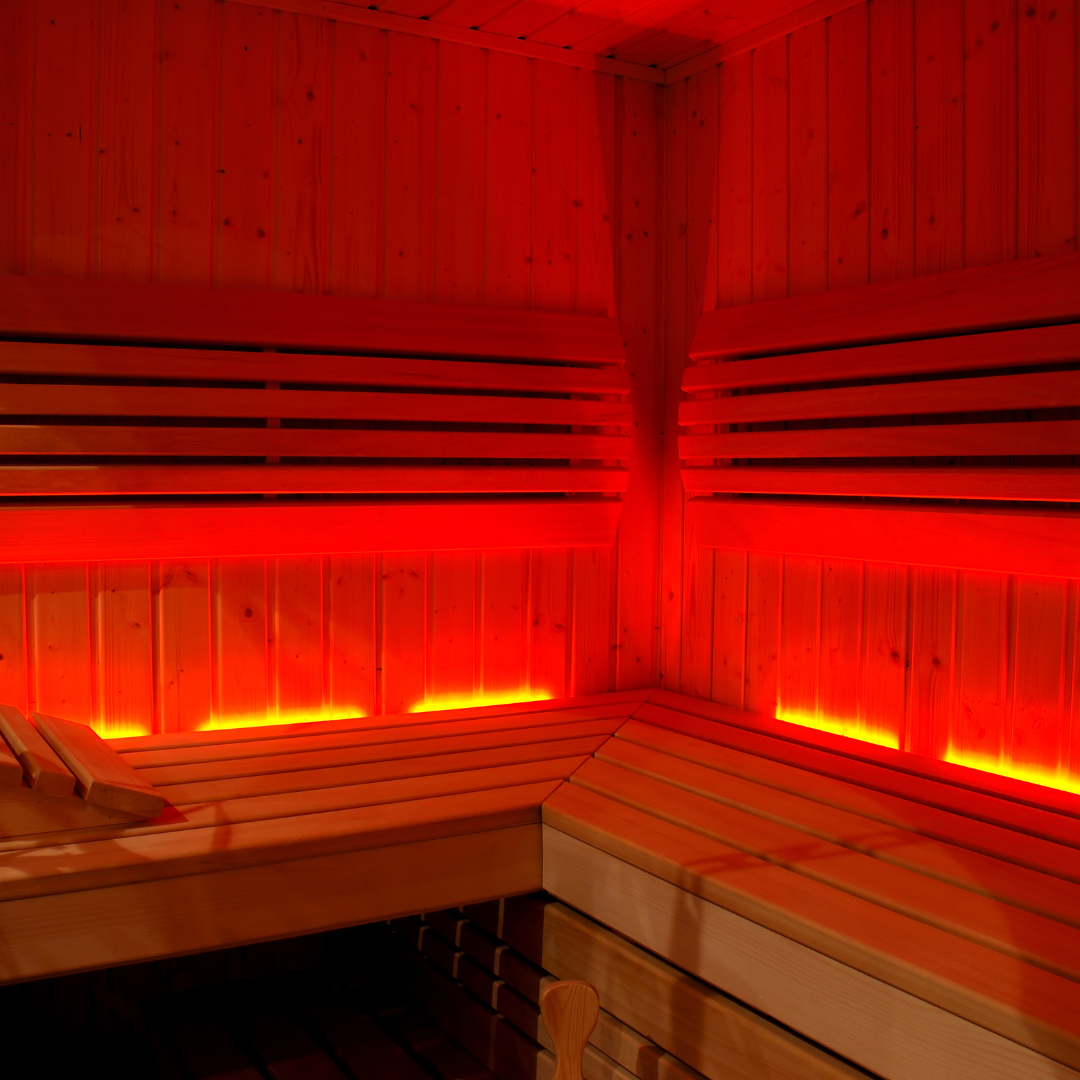
What is the best temperature setting for my infrared sauna?

Infrared saunas are popular for their therapeutic benefits, offering a unique way to relax, detoxify, and promote overall well-being. Unlike traditional saunas, which heat the air around you, infrared saunas use infrared light to penetrate your skin and warm your body directly. One of the most common questions among infrared sauna users is: “What is the best temperature setting for optimal benefits?” This blog explores how to find the ideal temperature setting for your infrared sauna based on your goals and experience level.
Infrared Sauna Temperature Ranges
Infrared saunas typically operate at lower temperatures than traditional saunas, with a range of 100°F to 150°F (38°C to 65°C). The lower temperatures make them more comfortable for longer sessions, allowing users to reap the benefits without feeling overwhelmed by extreme heat.
Best Temperature Settings Based on Your Goals
For Relaxation and Stress Relief (100°F to 120°F)
If your primary goal is to relax and unwind, a lower temperature setting between 100°F and 120°F is ideal. At this range, the gentle heat helps to soothe muscles, calm the mind, and promote a sense of relaxation. This is also a good starting point for beginners who are not yet accustomed to the intensity of higher temperatures.
For Detoxification (120°F to 140°F)
Detoxification is one of the most popular reasons for using an infrared sauna. To optimize detoxification, a temperature setting between 120°F and 140°F is recommended. This range is high enough to induce a deep sweat, which helps the body eliminate toxins through the skin. Many users find this range to be the sweet spot for balancing comfort and effective detoxification.
For Weight Loss and Cardiovascular Benefits (140°F to 150°F)
If your goal is to enhance weight loss and improve cardiovascular health, a higher temperature setting between 140°F and 150°F may be more effective. At these temperatures, your heart rate increases, and your body works harder to cool itself down, similar to the effects of light exercise. This can lead to an increased calorie burn and improved cardiovascular conditioning. However, it’s important to be cautious and listen to your body, as higher temperatures can be more intense.
Factors to Consider When Choosing the Right Temperature
Personal Tolerance and Comfort
- Everyone’s tolerance to heat is different, so it’s important to choose a temperature that feels comfortable to you. Start at the lower end of the temperature range and gradually increase as your body becomes more accustomed to the heat. Pay attention to how you feel during and after your sauna session to determine the best setting for you.
Duration of the Session
- The duration of your sauna session also plays a role in determining the best temperature. If you plan to stay in the sauna for a longer period (e.g., 30-45 minutes), it’s advisable to use a lower temperature setting to avoid overheating and dehydration. Shorter sessions may allow for higher temperatures.
Health Conditions
- If you have any underlying health conditions, such as heart disease, high blood pressure, or respiratory issues, it’s important to consult with a healthcare professional before using an infrared sauna. They can help you determine a safe and appropriate temperature setting based on your individual health needs.
Type of Infrared Sauna
- Infrared saunas come in different types, including near-infrared, mid-infrared, and far-infrared. Each type penetrates the body at different depths, which can affect the optimal temperature setting. Generally, far-infrared saunas operate at slightly lower temperatures but offer deeper penetration, while near-infrared saunas may allow for slightly higher temperatures.
Tips for Maximizing Your Infrared Sauna Experience
- Hydrate: Always drink plenty of water before, during, and after your sauna session to stay hydrated.
- Start Slow: Begin with shorter sessions at lower temperatures and gradually increase as you become more comfortable.
- Listen to Your Body: Pay attention to how your body responds to the heat. If you feel lightheaded, dizzy, or uncomfortable, lower the temperature or end the session.
- Cool Down Properly: After your session, allow your body to cool down gradually. Take a lukewarm shower and rest before resuming normal activities.
The best temperature setting for your infrared sauna depends on your goals, experience level, and personal comfort. Whether you’re seeking relaxation, detoxification, or cardiovascular benefits, adjusting the temperature to suit your needs can help you maximize the benefits of your sauna sessions. Remember to listen to your body and consult with a healthcare professional if you have any concerns. With the right approach, your infrared sauna can be a powerful tool for enhancing your overall health and well-being.
Recent Posts



Materials Needed

At Inan, we believe in a whole-body approach to Healthcare. Focusing on the 6 pillars of health – Food, Exercise, Sleep, Mind, Detox and Nutrition, we leave no stone unturned in helping you to a holistic and rejuvenated tomorrow.
Quick Links
Home
About Us
Detox
Blog
Faq
Contact Us
Get in Touch
J73,G2,Ground floor, R.R.Residency,13th Main Road, Anna Nagar West, Chennai. -600040
Email : inanclinic@gmail.com

At Inan, we believe in a whole-body approach to Healthcare. Focusing on the 6 pillars of health – Food, Exercise, Sleep, Mind, Detox and Nutrition, we leave no stone unturned in helping you to a holistic and rejuvenated tomorrow.
Quick Links
Get in Touch
J73,G2,Ground floor, R.R.Residency,13th Main Road, Anna Nagar West, Chennai. -600040
Email : inanclinic@gmail.com
